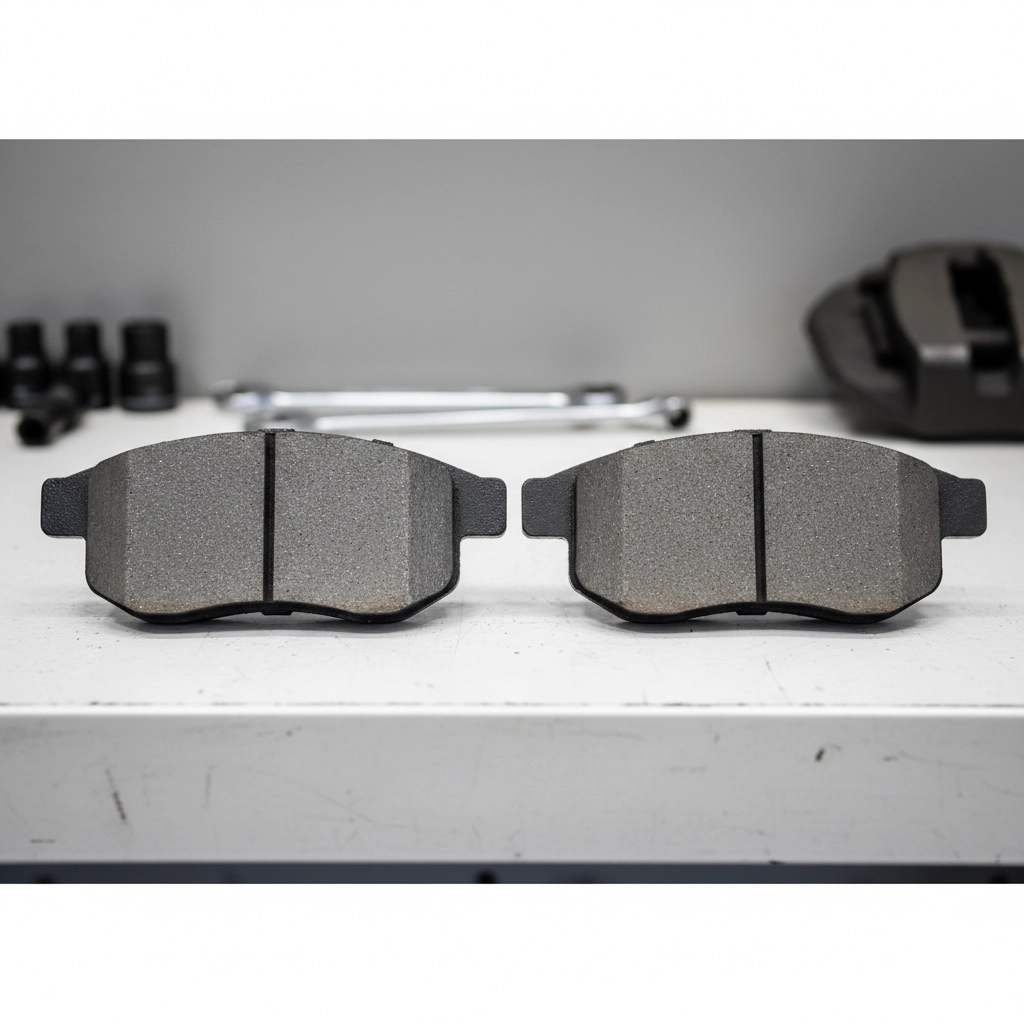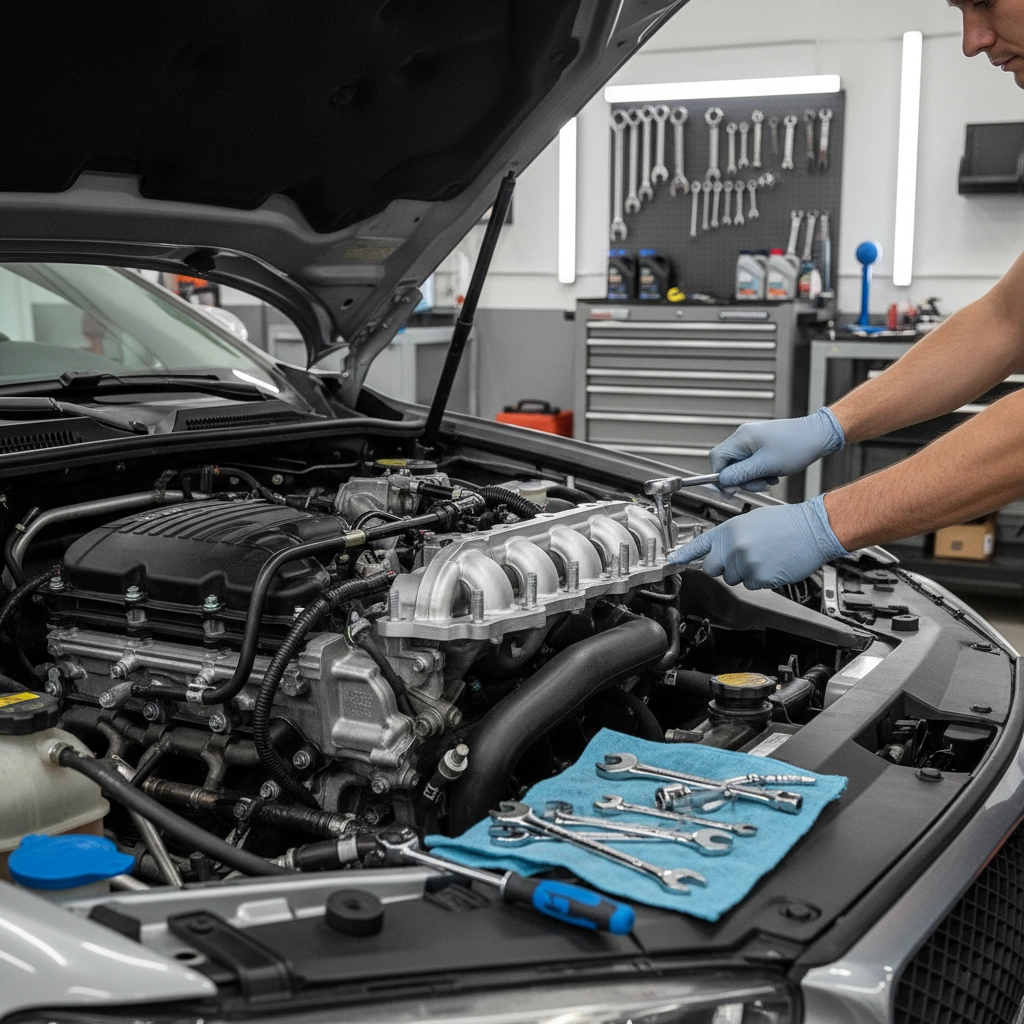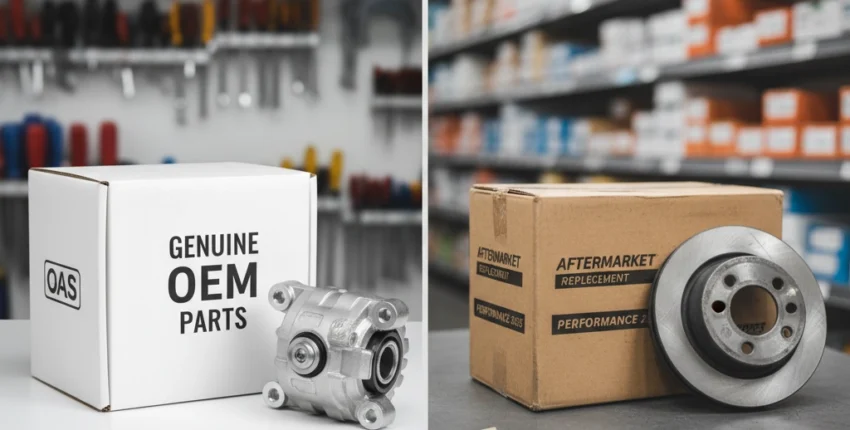You're standing at the service counter, staring at a repair estimate that makes your stomach drop. The mechanic just explained you need a new part, and now you're facing a choice that could make or break your budget: OEM or aftermarket?
If you've ever wondered whether spending extra on "original" parts is worth it: or if those cheaper alternatives will leave you stranded on the freeway: you're not alone. With 2025 bringing some unique challenges to the automotive parts market, this decision has become more complex than ever.
Let's break down what these choices really mean for your wallet, so you can make the smartest decision for your situation.
Understanding Your Options: OEM vs Aftermarket Explained
OEM parts (Original Equipment Manufacturer) are made by the same companies that built the components originally installed in your vehicle. Think of them as the "name brand" option: they're manufactured to the exact same specifications your car rolled off the assembly line with.
Aftermarket parts, on the other hand, are produced by third-party companies that reverse-engineer the original design. These manufacturers study the OEM part and create their own version that's designed to fit and function the same way, usually at a lower price point.

The key difference? While OEM parts are guaranteed to match your vehicle's original specifications exactly, aftermarket parts aim to replicate that performance while offering cost savings.
The Real Cost Breakdown: What Your Wallet Will Feel
Initial Sticker Shock: OEM Parts Command Premium Pricing
Let's be honest: OEM parts will hit your budget harder upfront. You're paying for guaranteed compatibility, consistent quality standards, and the backing of major manufacturers. This premium typically runs 20-50% higher than aftermarket alternatives, depending on the part and vehicle.
But here's where it gets interesting: that higher initial cost might actually save you money in the long run. OEM parts generally last longer because they're made from the same materials and manufacturing processes as your original components. Think of it as buying quality boots that last five years instead of cheap ones you replace every season.
Aftermarket Appeal: Immediate Budget Relief
Aftermarket parts offer immediate wallet relief, and for many drivers, that's exactly what they need. When your alternator dies and you're facing a choice between paying rent or fixing your car, that 30-40% savings can be a lifesaver.
The trade-off? You're rolling the dice on quality and longevity. Some aftermarket manufacturers produce parts that rival or even exceed OEM quality, while others cut corners to hit aggressive price points.

2025's Game Changer: How Tariffs Are Reshaping Your Choices
Here's something that's making 2025 different from previous years: tariffs are shaking up the traditional pricing equation. Approximately 44% of OEM parts used in collision repair are produced outside the United States and are now subject to new tariffs.
This has created some unexpected market dynamics:
- OEM prices rose 2.1% from Q1 to Q2 2025, compared to only 1% during the same period in 2024
- Aftermarket parts haven't seen similar increases yet, as existing domestic inventory is buffering the immediate impact
- The aftermarket advantage may shrink throughout 2025 as tariff-affected imports replace current inventory
What does this mean for your wallet? The cost gap between OEM and aftermarket parts is narrowing, potentially making OEM parts a more attractive value proposition than they've been in years.
Smart Shopping: When Each Option Makes Financial Sense
Choose Aftermarket When Budget Constraints Rule
Aftermarket parts make the most financial sense when:
- Your vehicle is older and you don't plan to keep it much longer
- You need immediate cost relief and can't absorb the OEM premium
- The part isn't safety-critical (like interior trim or cosmetic components)
- You're comfortable with potentially more frequent replacements
Invest in OEM for Long-Term Value
OEM parts become the smarter wallet choice when:
- You're planning to keep your vehicle for years
- The part is safety-critical (brakes, suspension, steering components)
- Your vehicle is still under warranty (aftermarket parts could void coverage)
- Total cost of ownership matters more than upfront savings

The Hidden Costs That Can Surprise You
Installation Considerations
Here's something many people don't consider: installation costs can vary between OEM and aftermarket parts. OEM parts fit exactly as intended, reducing labor time and the risk of complications. Some aftermarket parts might require modifications or additional adjustments, potentially increasing your labor bill.
Warranty Protection
OEM parts typically come with comprehensive manufacturer warranties, while aftermarket warranties can vary widely. A failed aftermarket part might leave you paying for the same repair twice, erasing any initial savings.
Making the Smart Choice: A 2025 Strategy
Given the current market conditions, here's how to approach parts decisions strategically:
For Non-Urgent Repairs: If you can wait, monitor pricing trends throughout 2025. The tariff situation may stabilize, potentially affecting your cost calculations.
For Immediate Needs: Aftermarket parts currently offer their traditional price advantage, but this window may be closing. If you're leaning toward aftermarket, sooner might be better than later.
For Safety-Critical Components: Don't compromise on parts that affect your safety or your family's safety. The potential consequences far outweigh any savings.

Quality Indicators to Watch For
Not all aftermarket parts are created equal. Look for these quality indicators:
- ISO certification or other quality standards
- Warranties comparable to OEM (not just 30-90 days)
- Positive reviews from other drivers with your specific vehicle
- Recognition from automotive industry organizations
The Bottom Line for Your 2025 Budget
The "better for your wallet" question doesn't have a one-size-fits-all answer. It depends on your specific situation, timeline, and priorities. However, the 2025 market conditions are creating some unique opportunities:
If you need repairs now and budget is tight, aftermarket parts still offer significant savings: but that advantage may diminish as the year progresses. For long-term vehicle ownership or safety-critical repairs, OEM parts are becoming more competitively priced relative to their traditional premium.
The smartest approach? Evaluate each repair individually. Consider the part's role in your vehicle's safety and performance, your long-term ownership plans, and the current pricing dynamics.
Your Next Step
Before making any parts decision, get multiple quotes and ask about both OEM and aftermarket options. A trustworthy shop will explain the trade-offs honestly and help you make the choice that best fits your situation and budget.
Remember, the cheapest option today isn't always the most economical choice over time. Sometimes spending a bit more upfront saves you from costly surprises down the road.
At Hillside Auto Clinic, we believe in giving you all the information you need to make informed decisions about your vehicle. Whether you choose OEM or aftermarket parts, we'll install them with the same care and attention to detail, because your safety and satisfaction are what matter most.
Need help deciding which parts option makes sense for your specific repair? Give us a call: we're here to help you make the choice that's right for your wallet and your peace of mind.

